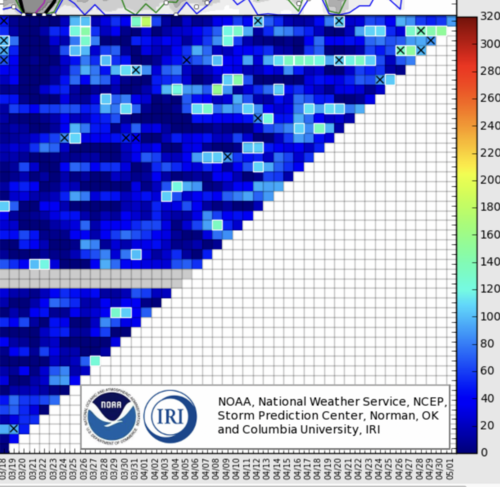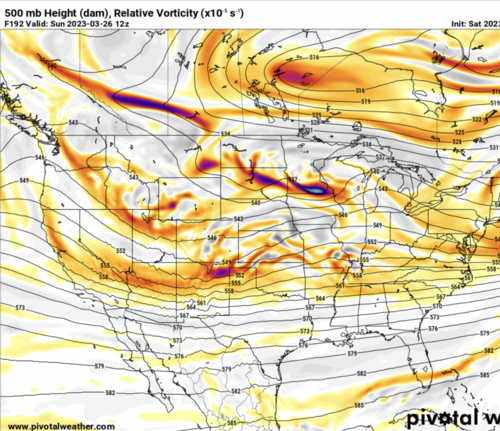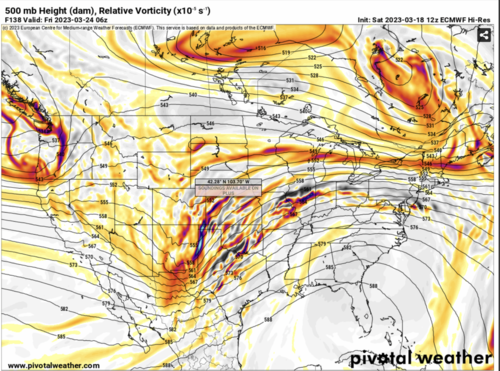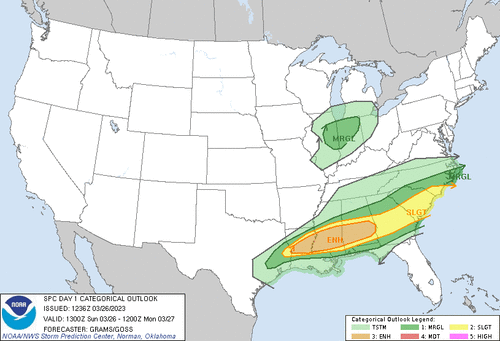Once upon a time Stormtrack created a Discord server to increase engagement, especially for short-fuse conversation. Many years ago, now, though, the moderators of the Discord and of the forum became separate groups. Currently, there is
no official connection between the Stormtrack forum and the Stormtrack Discord. Few, if any, staff members on the Stormtrack forum have access to or can grant access to the Discord. Interested users are urged to use other options besides this forum for accessing the Stormtrack Discord.




